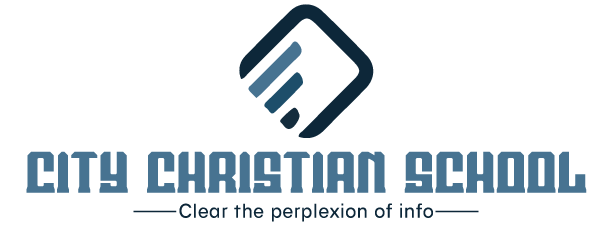The fake diploma industry has become a growing concern, as more individuals seek shortcuts to obtain credentials they have not earned. With the rise of online platforms and shady vendors, it has become easier for people to purchase counterfeit diplomas and certificates, posing significant risks to academic integrity and professional credibility. Spotting these fraudulent credentials is crucial in safeguarding the value of genuine qualifications and protecting individuals and organizations from falling victim to deceptive practices. Firstly, one of the most effective ways to spot fake diplomas is to verify the issuing institution’s legitimacy. Reputable educational institutions have official websites where their credentials are listed and can be cross-referenced. If the claimed institution is unfamiliar or lacks a credible online presence, it may raise suspicion. Additionally, official transcripts and diplomas often include unique security features, such holograms, watermarks, embossed seals, special paper, which are challenging to replicate. Another red flag to watch out for is the absence of typical academic requirements. Genuine diplomas are earned through a combination of coursework, examinations, and practical experience.
 If a person claims to hold a diploma without any evidence of completing these requirements, it may indicate a fake credential. Furthermore, cautious examination of the diploma’s language and design can reveal discrepancies. Typos, grammatical errors, or formatting inconsistencies are signs of poor quality control and should raise concerns about the legitimacy of the document. Authentic diplomas are meticulously produced and adhere to professional standards. Cross-referencing the individual’s claimed academic achievements with official databases can also expose fraudulent credentials. Many countries maintain public databases of educational qualifications, and reputable institutions provide avenues to verify the authenticity of their graduates’ credentials. Employers and educational institutions can also request to contact the issuing institution directly to verify the individual’s claims. Legitimate institutions will be able to provide confirmation of a graduate’s credentials, while fake diploma mills are likely to evade or provide false information.
If a person claims to hold a diploma without any evidence of completing these requirements, it may indicate a fake credential. Furthermore, cautious examination of the diploma’s language and design can reveal discrepancies. Typos, grammatical errors, or formatting inconsistencies are signs of poor quality control and should raise concerns about the legitimacy of the document. Authentic diplomas are meticulously produced and adhere to professional standards. Cross-referencing the individual’s claimed academic achievements with official databases can also expose fraudulent credentials. Many countries maintain public databases of educational qualifications, and reputable institutions provide avenues to verify the authenticity of their graduates’ credentials. Employers and educational institutions can also request to contact the issuing institution directly to verify the individual’s claims. Legitimate institutions will be able to provide confirmation of a graduate’s credentials, while fake diploma mills are likely to evade or provide false information.
In recent years, some organizations have emerged to combat the fake diploma industry visit the page https://lambang-toanquoc.org/. These entities maintain databases of known diploma mills and fraudulent institutions, making it easier for employers and educational institutions to identify suspicious credentials. In conclusion, the proliferation of the fake diploma industry poses significant risks to academic and professional realms. Recognizing the signs of fraudulent credentials is crucial in preserving the integrity of genuine qualifications and ensuring that individuals and organizations make informed decisions based on accurate information. By verifying the legitimacy of claimed diplomas through official channels, scrutinizing the document’s quality and design, and seeking assistance from reliable databases, we can collectively mitigate the impact of the fake diploma industry and uphold the value of education and authentic achievements.

